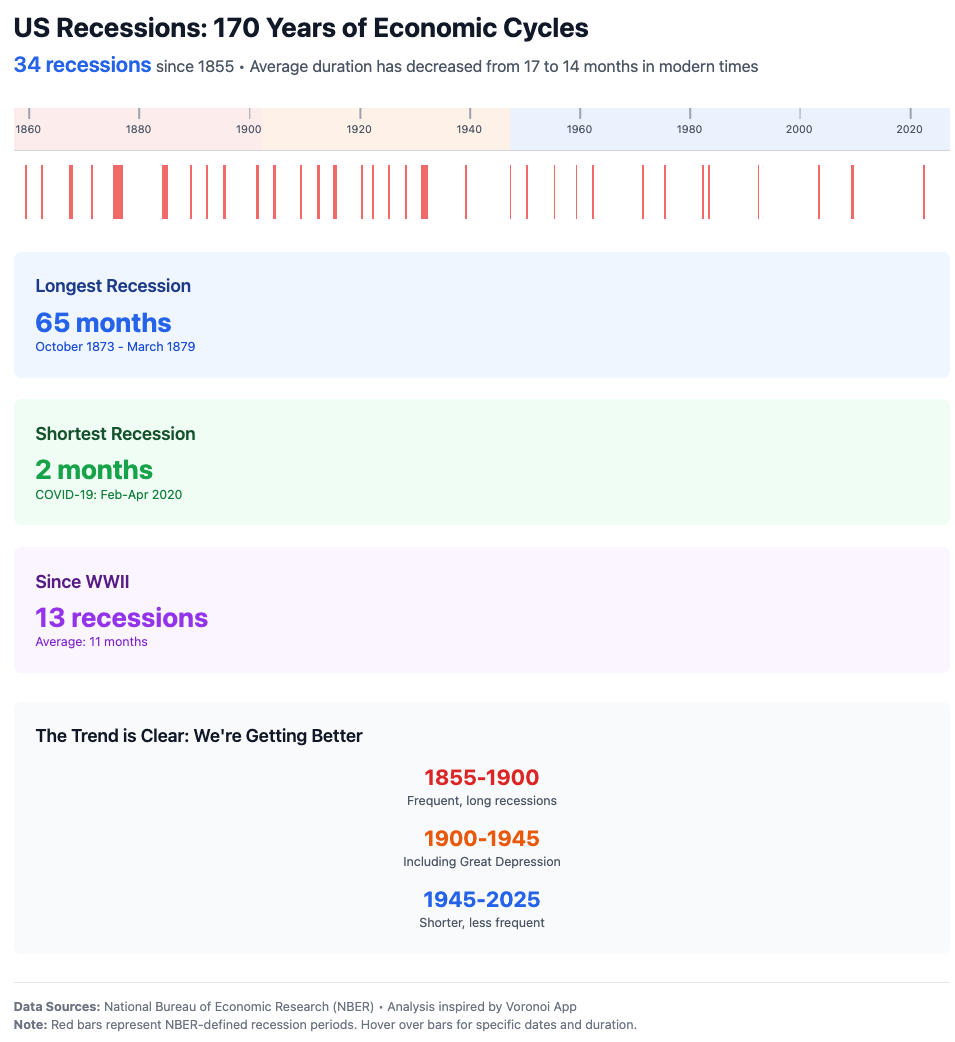Is the U.S. Economy Stronger Than It Looks?
- Anatoly Iofe

- Aug 29
- 3 min read

The U.S. economy has defied many forecasts. Even after aggressive interest rate hikes, growth has remained positive, unemployment near record lows, and inflation trending down.
At the same time, cracks are showing beneath the surface: consumer spending is slowing, bankruptcies are rising, and market momentum is heavily concentrated in a few sectors.
This mix of resilience and fragility is what makes today’s economy so tricky to read. Let’s break down the main signals investors should pay attention to.
GDP Growth: A Surprise to the Upside
Real GDP growth is running at about 3% annualized in mid-2025, stronger than many economists expected. Services remain the main driver — households continue to spend on travel, dining, and healthcare.
But growth is not even. Goods consumption has slowed sharply, with retail sales flattening and durable goods purchases falling. This divergence suggests that while headline growth looks solid, momentum is not broad-based.
Source: Bureau of Economic Analysis (BEA)
Jobs and Inflation: A Soft-Landing Story?
The labor market has remained remarkably tight. Unemployment is steady at 3.5–4%, near historic lows, despite higher borrowing costs. Employers are reluctant to shed workers, remembering how hard it was to re-hire during the pandemic recovery.
At the same time, inflation has cooled from its 2022 peak of nearly 9% down to around 2.7%, closer to the Federal Reserve’s target. The disinflation trend gives the Fed more room to pause, and possibly even cut rates if growth falters.
The catch: wage growth hasn’t kept up, and households still face elevated housing and energy costs. That squeeze is starting to show up in weaker consumer confidence.
Sources: Bureau of Labor Statistics (BLS), BEA
Tech and AI Investment: A New Boom Cycle
One of the most striking features of today’s economy is the surge in technology spending. Tech and AI investment now accounts for roughly 7% of GDP — higher than at the peak of the dot-com bubble.
This wave is being driven by massive outlays on data centers, AI infrastructure, and R&D. For now, it’s fueling capital formation and lifting productivity expectations. But it also makes the market more reliant on a narrow group of mega-cap technology firms.
Source: U.S. Census Bureau, BEA, Haver Analytics (as of Aug 2025)
Beneath the Surface: Growing Risks
The headline numbers mask important fragilities:
Consumer spending is slowing. Real spending growth has fallen to its weakest pace since the pandemic.
Corporate bankruptcies are climbing. More companies are struggling to refinance debt at today’s higher rates.
Market concentration is extreme. The largest ten companies now account for nearly 40% of the S&P 500’s market capitalization.
These undercurrents suggest the economy is less resilient than it looks.
Sources: Reuters, Financial Times, BEA
What This Means for Investors
The U.S. economy is neither roaring nor collapsing. It is resilient on the surface, fragile underneath. For investors, the key takeaways are:
Don’t be lulled by headline strength — sector-level data matters more than ever.
Keep an eye on the consumer — the slowdown in spending is a leading indicator.
Recognize concentration risk — if tech wobbles, markets will wobble.
Plan for multiple scenarios — rate cuts, stagflation, or continued resilience are all possible in the next 12–18 months.
Final Thought
The soft-landing story is compelling: low unemployment, easing inflation, and a rebound in investment. But ignoring the cracks — rising bankruptcies, uneven growth, and heavy reliance on a narrow set of companies — could be costly.
As always, context is key. Investors who separate signal from noise will be better positioned to navigate the uncertain path ahead.
For educational purposes only. This article is not financial, legal, or tax advice. Sources: BEA, BLS, U.S. Census Bureau, Haver Analytics, Reuters, Financial Times.




